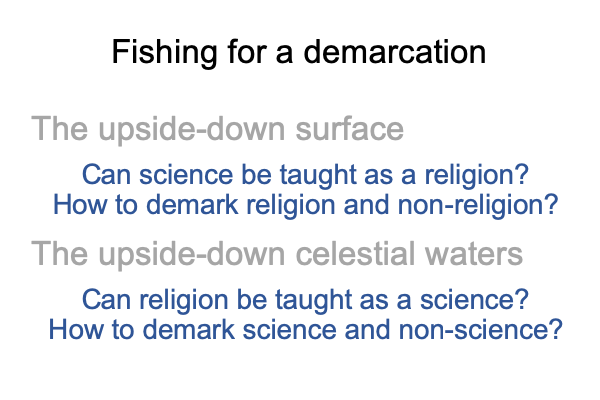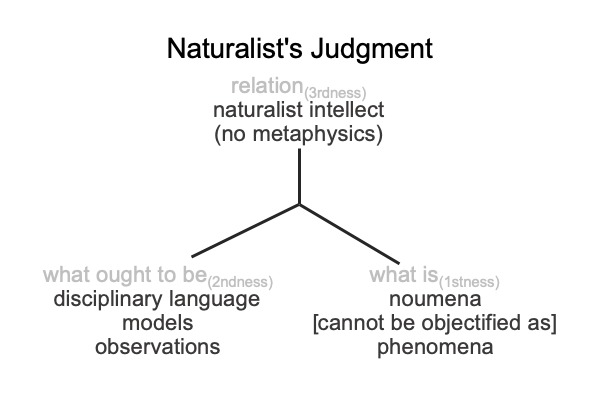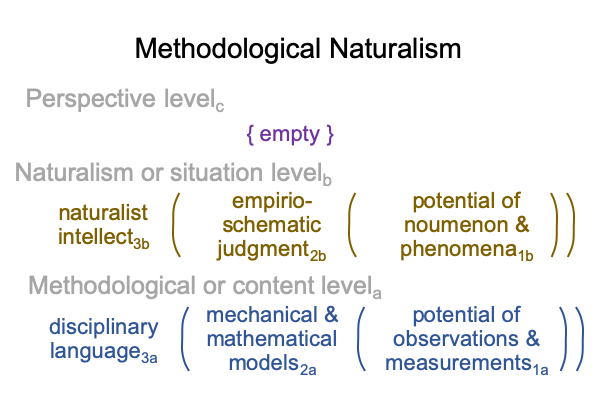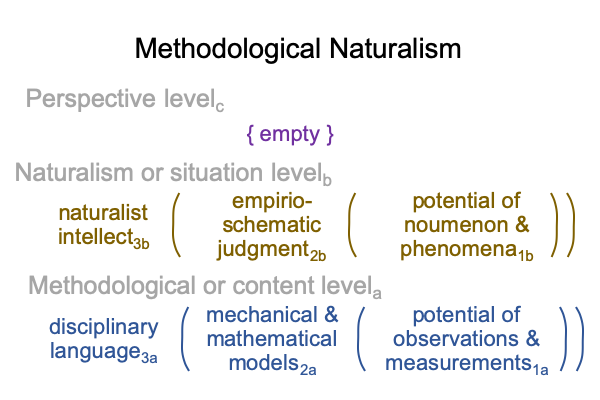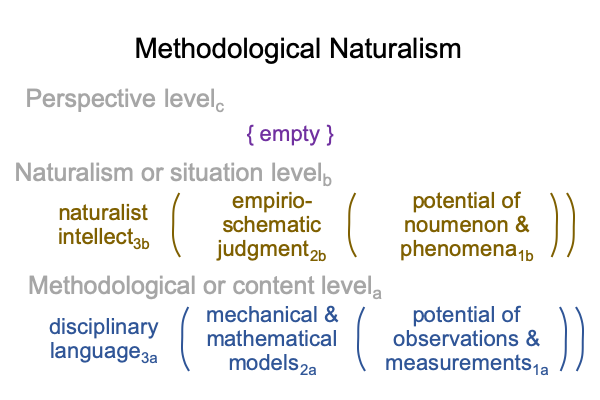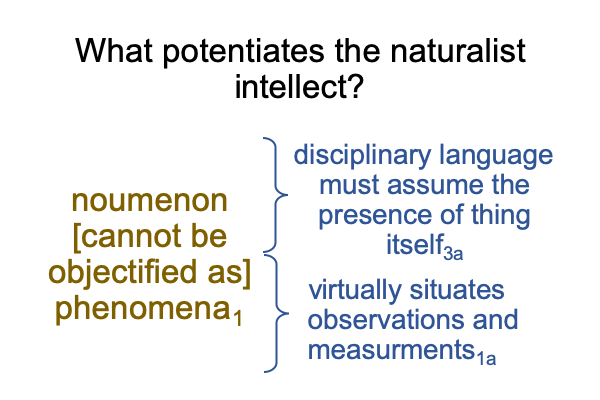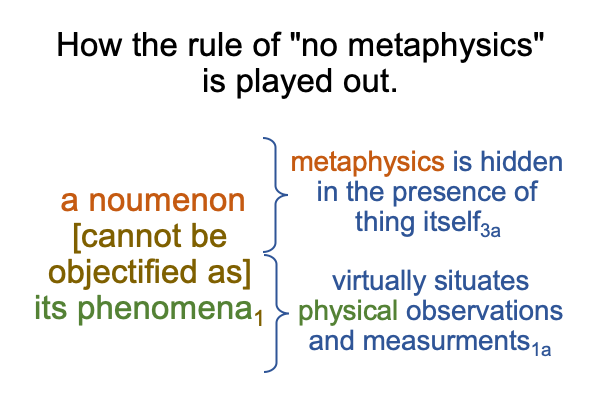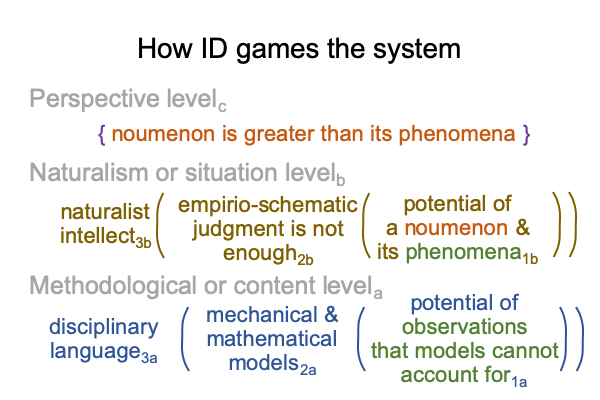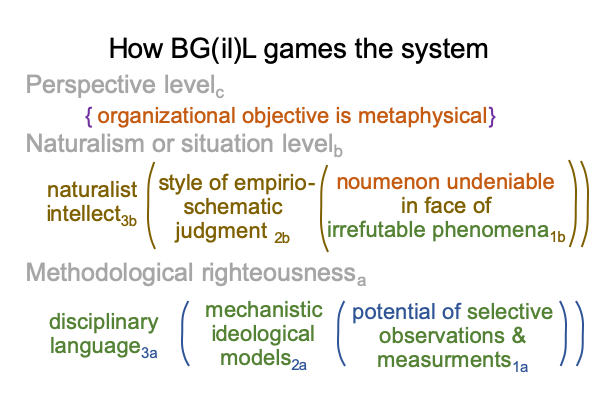Comments on Robert Pennock’s Essay (2009) “…the Difference between Science and Religion?” (Part 1)
0001 In 2009, Robert Pennock wants to clear the fog of intellectual warfare, by publishing an article in Synthese (DOI 10.1007/s11229-009-9547-3). The full title is, “Can’t Philosophers Tell the Difference Between Science and Religion?: Demarcation Revisited”. Of course, a recitation of this title should be accompanied by a pouring of the Balvenie, matured in rum casks and aged 14 years. After all, that is nearly the length of time that the words in Pennock’s paper have matured, in the cask of the Synthese.
Pennock’s abstract puts the headline question into context. The 2005 decision, Kitzmiller versus Dover Area School Board, rules that Intelligent Design (ID) cannot be taught as a science. This suggests that it cannot be taught at all, because the flip side of science is religion. Public schools cannot teach religion. That would violate the separation of church and state.
0002 The ruling follows a prior legal defeat, the 1981, McLean versus Arkansas decision against teaching creationism as science. Afterwards, creationists contend that religion and science cannot be distinguished. They cite a philosopher who claims that there are not sufficient criteria for demarcation, especially when considering method.
In contrast, Pennock argues that the word, “sufficient”, should be replaced by the word, “ballpark”. Rules of thumb are capable of distinguishing between science and religion. One rule of thumb is methodical naturalism. Science relies on it. Religion does not.
Does Pennock influence the 2005 Kitzmiller vs Dover trial?
Of course, why would Pennock write about the incident years later?
The text itself, is not clear.
What is clear?
Judge John E. Jones III rules that ID pretends to be a science. ID is really an apparatus of a sectarian religion. Teaching ID in public schools would be the establishment of a religion, in violation of the first amendment of the Constitution of the United States.
Both sides of the case ask the judge to rule on this point.
0003 The ruling comes as a victory for Big Government (il)Liberals (BG(il)L), who portray the contest as follows.
The “villains” are the Board of Directors of the Public Schools of Dover, Pennsylvania. Creationists gain enough seats to vote to make the ID textbook, Of Pandas and People, available as biology curricula. In this book, natural selection becomes “Darwin’s theory”, which is not a fact, but a theory.
The “heroes” are several parents who sue the district. They all fall under the label, “Kitzmiller”.
Curiously, “kitze” is a neuter noun for a kid goat. “Miller” is a person who grinds grain in a mill. Perhaps, the concatenation carries a symbolic message.
The “villainous” school district is defended by the Thomas More Law Center, which does not realize that they are about to have their heads handed back to them. This becomes clear after they call key leaders of the ID movement to testify.
The lawyers at the Thomas More Center think that this trial will provide a platform for these players. But, as the media circus tent goes up, many ID players withdraw. What a disaster for the Dover Board lawyers!
0004 The BG(il)L corporate media portray the legal drama as a replay of the 1925 Scopes Trial.
To Pennock, the trial is more like the 1981 McLean vs Arkansas trial. The McClean decision concludes that so called “creation science” is not science, but religion. Here, “religion” means “a Christian faction”.
Such a ruling seems simple enough. But, the judge, William Overton, relies on a philosopher of science, Michael Ruse, who offers criteria to distinguish science from non-science.
0005 What are the criteria (A-E)?
Science (A) must be guided by natural law.
Science (B) explains by reference to natural law.
Science (C) is tested against the empirical world.
The conclusions of science (D) are tentative, and not necessarily the final word, because…
Science (E) is falsifiable.
0006 After the 1981 Overton decision, two philosophers, Larry Laudan and Philip Quinn, take issue with Ruse’s criteria. Do they write on behalf of the ID movement? Is this damage control? Pennock is drawn into the debate after he contributes expert testimony on the question whether ID is science or whether ID is religion.
Is this the trauma giving rise to Pennock’s article?
Hard to say.
0007 Pennock reflects upon the question posed in the title.
He wants to offer a more acceptable path for distinguishing science and religion.

